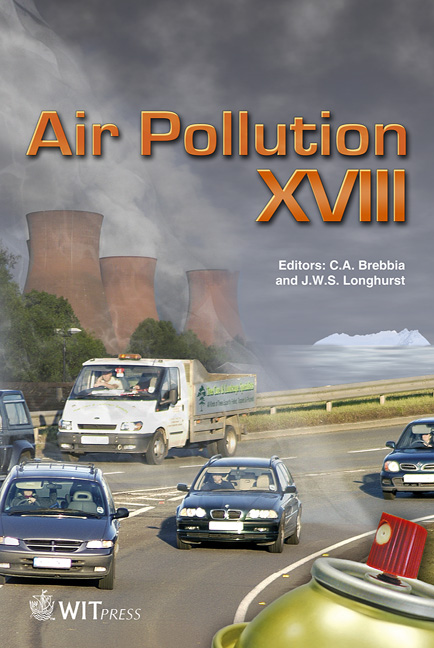Modelling The Multi-year Maximum Daily PM10 Concentration In Edinburgh: An Application Of The Variability Decomposition Transfer Function Model
Price
Free (open access)
Transaction
Volume
136
Pages
8
Page Range
349 - 356
Published
2010
Size
392 kb
Paper DOI
10.2495/AIR100311
Copyright
WIT Press
Author(s)
H. Al-Madfai, A. J. Geens & D. G. Snelson
Abstract
Understanding the temporal variability in the concentration of airborne PM10 can be of benefit as it would lead to more reliable models that can inform the monitoring and control of air pollution. Established forecasting approaches are generally data driven and offer little in terms of furthering the understanding of the dynamics of data. A variability decomposition (VD) based transfer function model can be used to decompose variability in time series data into inherent and external, thus concentrating on modelling only the external variability as a function of the model inputs. The VD approach was used to model the multi-year maximum daily PM10 concentration recorded in St Leonards, Edinburgh using historic values and PM10 concentrations recorded at the Grangemouth monitoring station situated 19 miles to the North West using two established approaches as benchmarks. The results indicate that the transfer function models using the Grangemouth data were superior to the univariate model in terms of the RMSE and MAPE. The performance of the VD transfer function model was comparable to the benchmark in terms of forecast accuracy, but superior in providing improved physical interpretation of the model components Keywords: air quality forecasting, variability decomposition, transfer function modelling, PM10, ARIMA, Box-Jenkins, transfer function models.
Keywords
air quality forecasting, variability decomposition, transfer function modelling, PM10, ARIMA, Box-Jenkins, transfer function models





